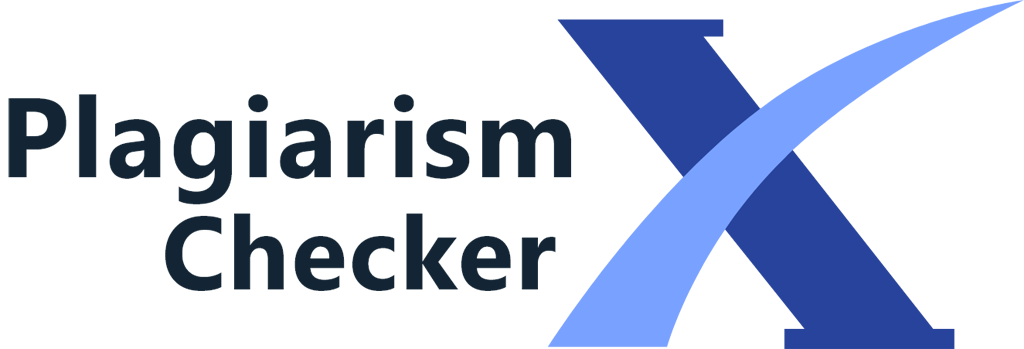Increasing the Good and Correct Use of Indonesian in Education and Teaching
Keywords:
Indonesian, education, teaching, language skills, curriculum, teaching methodsAbstract
The good and correct use of Indonesian in education and teaching is very important to improve the quality of national education. However, the good and correct use of Indonesian faces various challenges, such as the strong influence of foreign languages and regional languages, as well as the lack of understanding and awareness among teachers and students about the importance of good and correct use of Indonesian. This study aims to identify the factors that affect the good and correct use of Indonesian in education, as well as develop teaching strategies and methods that can improve students' language skills. The research method used is qualitative by conducting case studies, content analysis, interviews, and focus group discussions (FGD) in several schools. The results of the study show that the influence of foreign languages and regional languages is still the main challenge in the good and correct use of Indonesian. However, there is a growing awareness among teachers and students about the importance of using Indonesian properly and correctly. The curriculum and learning methods also play an important role in improving the good and correct use of Indonesian. The recommendation of this study is the need for government support in the preparation of a curriculum that prioritizes the good and correct use of Indonesian, as well as the need for training and development for teachers in this case. Educational institutions need to develop programs that increase students' awareness of the importance of good and correct use of Indonesian. In addition, teachers also need to be a good example by using good and correct Indonesian in daily interactions with students and the surrounding environment.
Downloads
References
Arikunto, S. (2010). Research Procedure: A Practical Approach. Jakarta: Rineka Cipta.
Mone. (2006). The Great Dictionary of Indonesian Language Center Third Edition. Jakarta: Gramedia Pustaka Utama.
Ministry of Education and Culture. (2016). Curriculum 2013. Jakarta: Ministry of Education and Culture.
Miles, M. B., Huberman, A. M., & Saldana, J. (2014). Qualitative Data Analysis: A Methods Sourcebook. Thousand Oaks, CA: Sage Publications.
Moleong, L. J. (2017). Qualitative Research Methodology. Bandung: Remaja Rosdakarya.
Nasution, S. (2003). Research Method. Jakarta: Bumi Aksara.
Sari, D. P. (2019). The Effect of Good and Correct Use of Indonesian on Students' Understanding in Reading. Journal of Indonesian Education, 5(2), 123-135.
Sugiyono. (2016). Quantitative, Qualitative, and R&D Research Methods Bandung: Alfabeta.
Suriasumantri, J. S. (2007). Philosophy of Science: A Popular Introduction. Jakarta: Pustaka Sinar Harapan.
Law of the Republic of Indonesia Number 20 of 2003 concerning the National Education System.
Pujianto, D., & Sari, R. (2020). Improving Students' Language Skills through Contextual Teaching and Learning (CTL) Approach. Journal of Language Teaching and Research, 11(6), 789-796.
Setiawan, A., & Widodo, H. P. (2018). The Influence of Language Proficiency and Motivation on Students' English Achievement. Journal of English Education and Linguistics Studies, 5(2), 137-149.
Susanto, A., & Nugroho, S. E. (2017). The Use of Technology in Teaching English as a Foreign Language. Journal of Language Teaching and Research, 8(5), 1045-1052.
Handayani, T., & Mulyono, Y. (2019). The Effectiveness of Using Authentic Materials in EFL Classroom. Journal of English Language Teaching, 2(1), 20-31.
Pratiwi, R., & Susilo, A. (2016). Improving Students' Speaking Ability through Role-Playing Technique. Journal of English Language Teaching and Research, 7(3), 123-132.
Saputra, A., & Susanti, D. (2018). The Implementation of Project-Based Learning to Enhance Students' Critical Thinking Skills. Journal of Education and Learning, 12(4), 678-685.
Downloads
Published
Issue
Section
License
Copyright (c) 2024 Eni Yuspika (Author)

This work is licensed under a Creative Commons Attribution-ShareAlike 4.0 International License.

This work is licensed under a Creative Commons Attribution-ShareAlike 4.0 International License.










